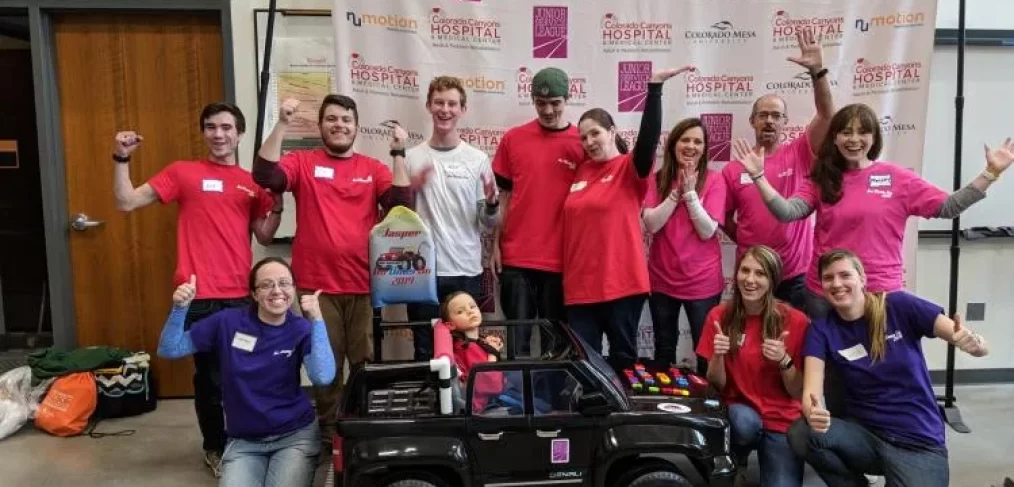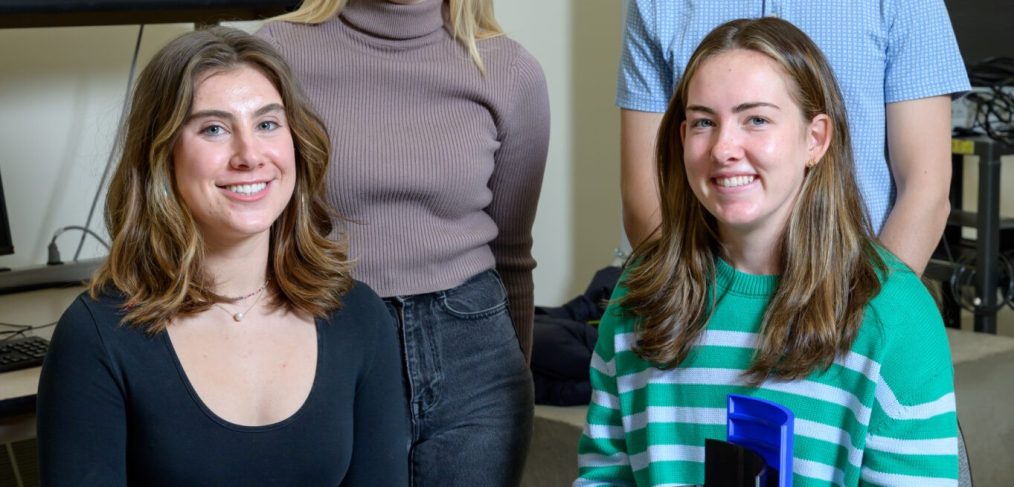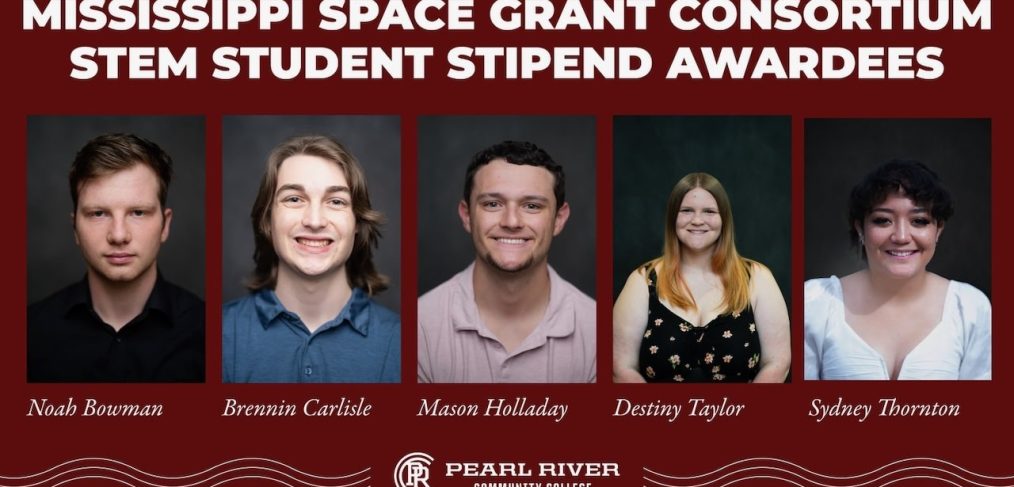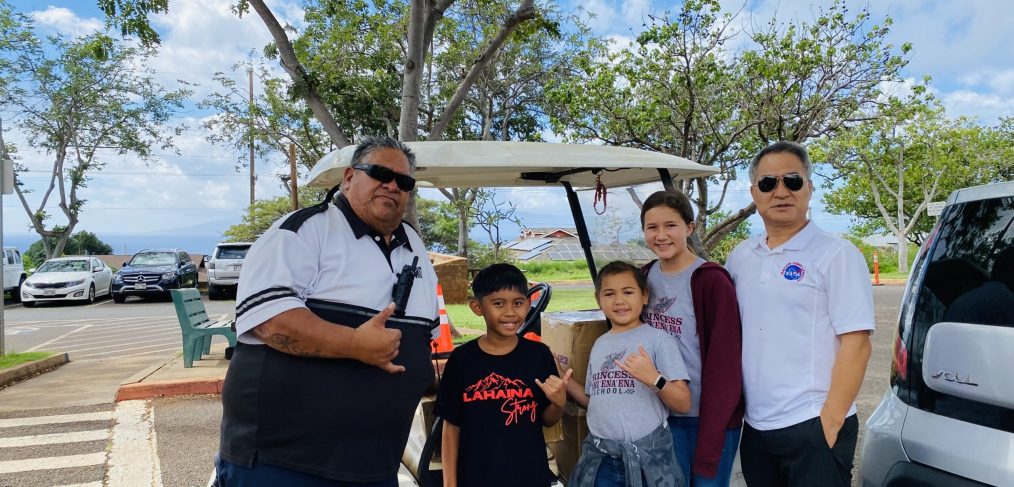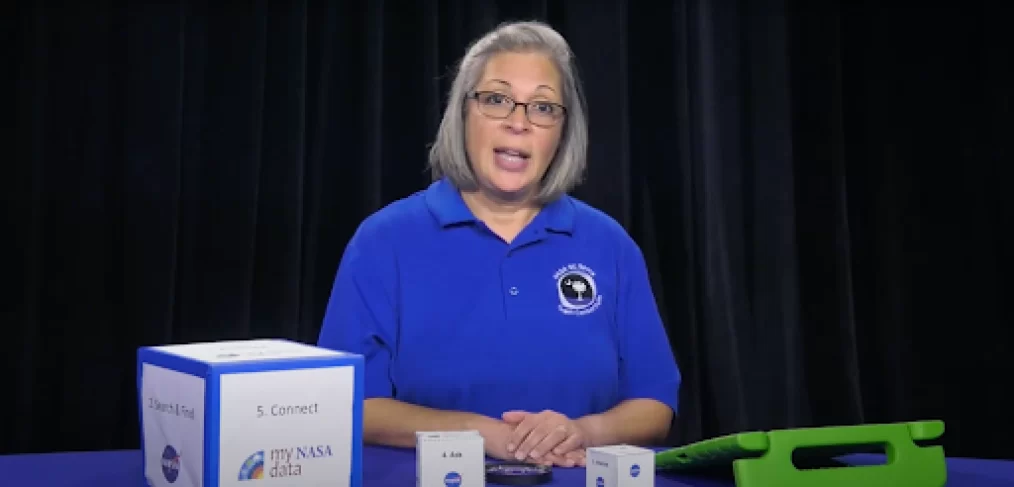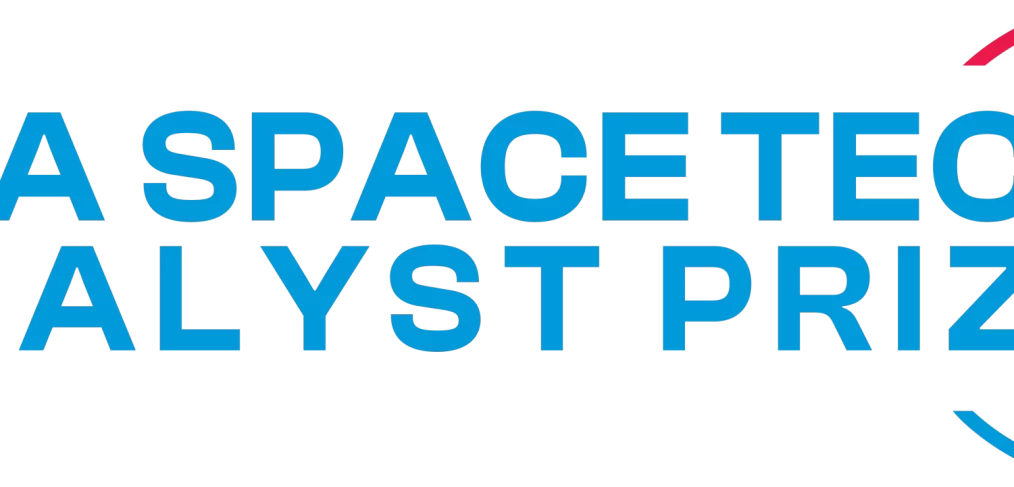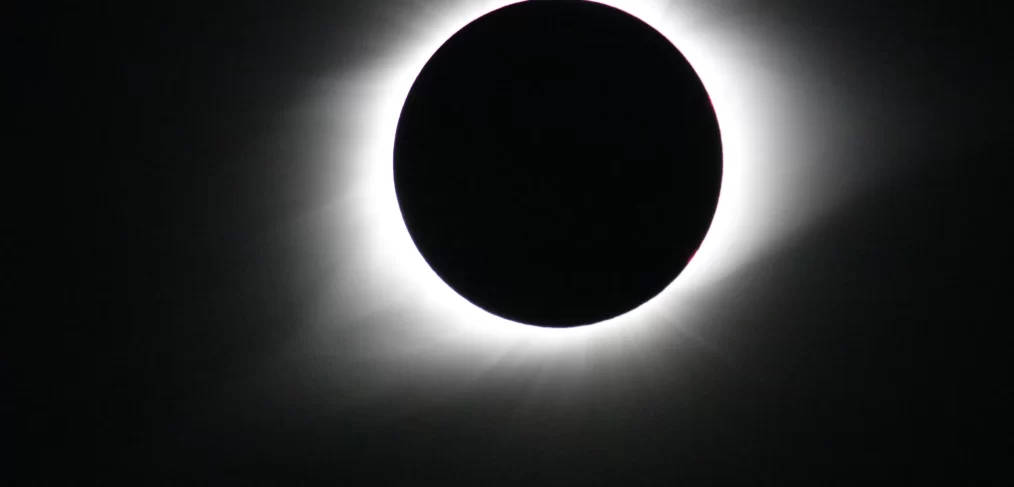Space Grant at Colorado Mesa University supports several hands-on projects where students apply the skills they learn in their courses. One such project is Go Baby Go.
Go Baby Go is a gateway project intended to broaden the population of CMU students engaged ih hands-on projects, allowing college students an opportunity to engage in STEM while serving the local community. CMU students modify small electric ride-on cars for local children with limited mobility. The students at CMU work with pediatric therapists to wire the foot pedal to a button for better hand access, add PVC structures for physical support, and add custom seating and harness systems to meet the individual needs of each child. An introductory soldering workshop is being held with this month-long project. The 2024 project included ~40 participants from CMU and ended on March 9, 2024. Scholarships are awarded to students involved in the project who took on extra responsibilities such as leading a team, holding design help sessions, and conducting the soldering workshop for other Go Baby Go participants. CMU students who participate in this gateway project are recruited to join other Space Grant projects on the CMU campus.
Read each of the stories in the latest newsletter on the Colorado Space Grant Consortium webpage.
Author Credit: NASA Colorado Space Grant Consortium
Image Credit: NASA Colorado Space Grant Consortium
